The Animator’s Survival Kit: Expanded Edition
£24.00£38.00 (-37%)
Animation is one of the hottest and most creative areas of film-making today . During his more than 40 years in the business, Richard Williams has been one of the true innovators, and serves as the link between the golden age of animation by hand and the new computer animation successes.
In this book, based on his sold-out Animation Masterclass in the United States and across Europe, Williams provides the underlying principles of animation that very animator – from beginner to expert, classic animator to computer animation whiz – needs.
Using hundreds of drawings, Williams distills the secrets of the masters into a working system in order to create a book that has become the standard work on all forms of animation for professionals, students and fans.
This new expanded edition includes more on animal action, invention and realism with sophisticated animation examples
Read more
Additional information
| Publisher | Faber & Faber, Main – Revised edition (5 Nov. 2009) |
|---|---|
| Language | English |
| Paperback | 392 pages |
| ISBN-10 | 9780571238347 |
| ISBN-13 | 978-0571238347 |
| Dimensions | 22.86 x 2.54 x 27.94 cm |

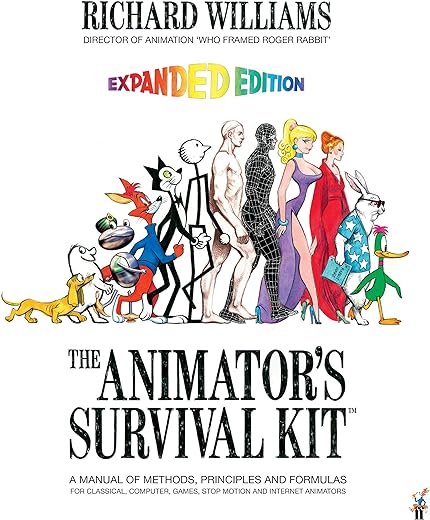

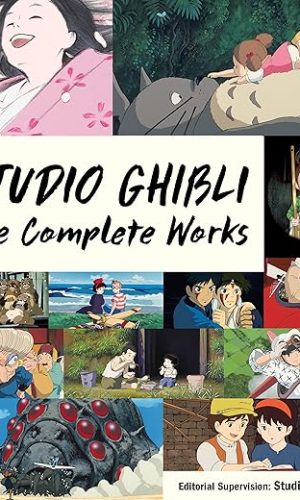
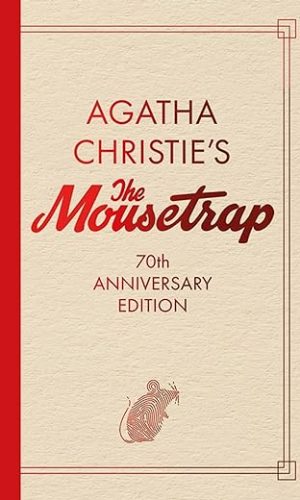
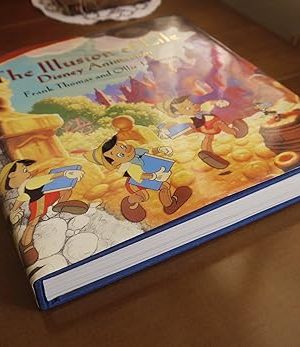


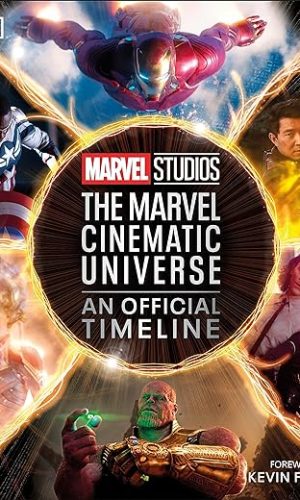

by Almina
Some pages are folded and something stick to the cover.
by Ash
As a keen hobbyist looking to turn pro I thought it about time I started learning from the best, and one of my first stops was this highly recommended manual of esoteric knowledge; ancient secrets noted down by the man who knew the masters of animation personally. As a computer 3D animator, I wasn’t terribly sure if it would be of significant use to me, but most of my fears were unfounded, and the info here is helpful whatever your chosen medium.
I have to say that the most fascinating part is the historical info provided by Richard, of both his own exploits and those of the master animators he learned from. These guys drew the cartoons we all grew up with and love, the Tom & Jerrys, the Road Runners, the golden age Disney films, and they discovered not only the best ways to bring inanimate oblects to life, but to give them wieght and character at the same time. Richard has distilled their pearls of wisdom so that anyone who wants to can learn the ins and outs of animation.
The drawings are nice and clear, the explanations easy to understand and you can practically animate the figures just by moving your eye across the page, they’re so well done. While it undoubtedly concentrates on the ‘classical’ animator using pen and ink to make his mark, his character animation tips, timing sheet info and action design hints are invaluable for computer character animation. The man says himself that you have to be good enough with your chosen tool (pen or computer) to be able to stop worrying about how you’re doing something and concentrate on the performance itself, what you’re making your character do. Thus, most of his theory concentrates on performance and not drawing technique, a boon for the computer artists among us.
Overall I’d say this book was a damn good buy. It’s well made, clear, concise, interesting and full of hints, tips and ideas that are obviously gleaned from many years experience in the trade. He himself learned from the masters and applied what they taught him, might we not do the same?
by Scott
I’ve spent the better part of a year working on my first animation project with very little prior experience. Having always been fascinated with the process, working from my own ability has been a long but rewarding task but I finally hit a hard limit where I just wasn’t able to easily visualise a way to make my character movements more natural.
This book is transformative to the point that I bought sticky tabs to mark important sections and have almost ran out nearly a quarter of the way through the book. It explains core concepts behind traditional animations and how to time them, but most importantly in my case it breaks down walk cycles and assorted character movements, the thought processes to use while visualising them and the methods of presenting them in an easy to read, often humourous and incredibly illuminating way.
I can’t gush about the presentation enough. It never weighs you down with jargon and the illustrations are divine and immediately informative. If you have any interest in improving your animation ability I just haven’t found a simpler way than reading this book.
by Almina
I bought this book as I have been considering Animation as a career in the last couple of months, as in to study at University-level. This is known from what I have seen as the animation ‘Bible’. I think what I have read about it on both sides is quite valid really:
For:
It is meticulously annotated and (of course) illustrated. If you skip a couple of the initial chapters the drawings across each page are well-drawn enough that you quite possibly could enjoy it like a comic strip – Williams goes the extra mile to put humour into his sequences as he teaches you techniques such as the walk.
Against:
Whilst I am really just an outsider looking in, as I read somewhere before purchase, it does seem like a very specific strand of animation. There is a lot of glorification of specific animators such as the Disney animatiors when they were in their prime, and you certainly do find out a lot about Disney animation if you read the book cover to cover as I am doing. Of course I don’t doubt that the Disney animators as pioneers are probably great fundamental mentors, but there is a LOT about them in this book, not too much reference to anything outside of the classic cartooning animation World really.
That said even if I am not currently pursuing animation as a career, it has given me a hell of lot to think about and implement in my drawing in general, like being even more anatomy-centric with the human figure, realising how important posture is to protraying a character etc.
All-in-all I got this book second-hand for £5, you really can’t go wrong and the drawings are thought provoking about images in sequence at the very least, so I don’t regret the purchase, but feel there may be authors who give more breadth to the subject matter they are discussing
by Sarah Maguire
A truly excellent, comprehensive and easy to follow book for anyone interested in art and animation.
Written by one of the chief animators for “Who Framed Roger Rabbit”, this book is filled with fun anecotes and informative step-by-step breakdowns of the process, showcasing character design, turnarounds, physics and proportions along with helpful chapters on the fiddly subject of perspectives.
Whether you’re a professional looking for a good reference book, an amatuer looking to upskill or even a complete beginner in search of guidance, this book will not steer you wrong!
10/10 Would highly recommend!